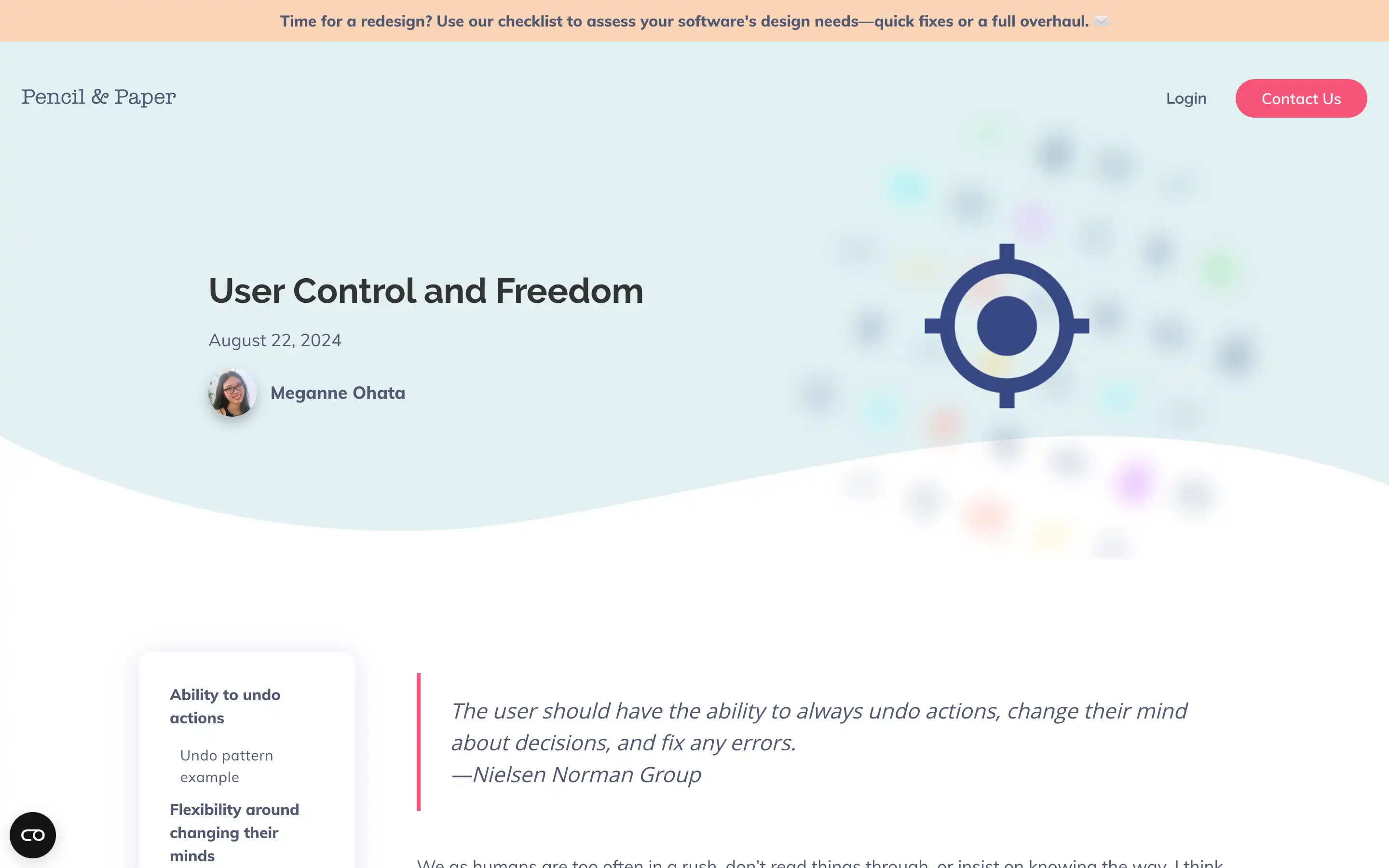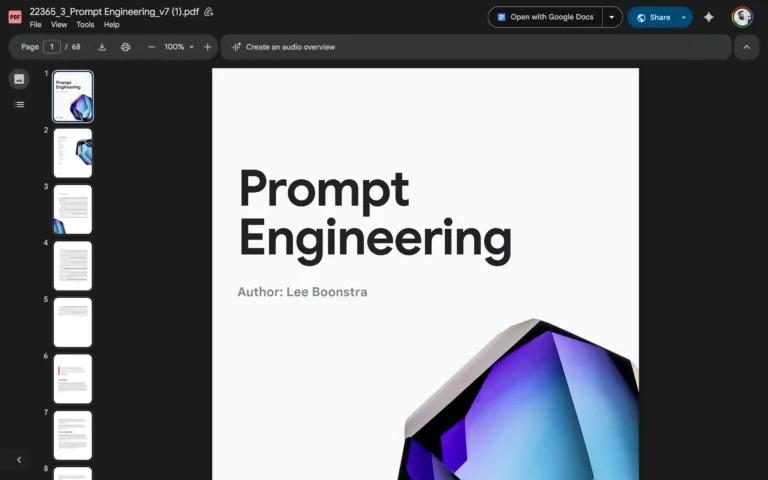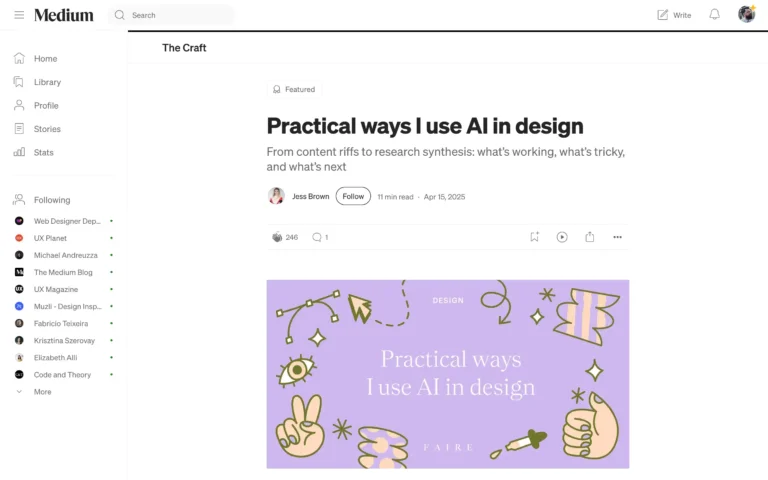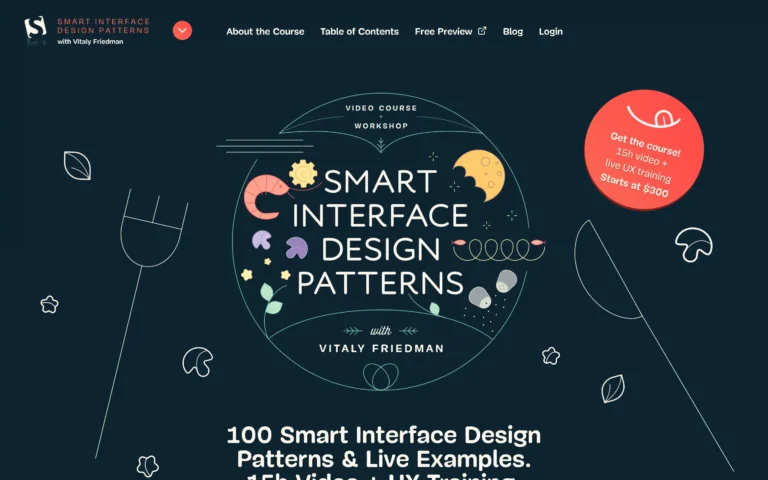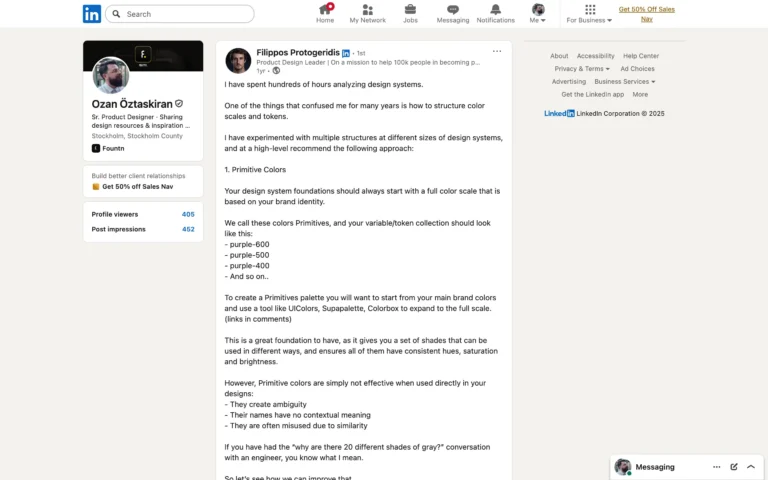User control and freedom are crucial aspects of designing effective software experiences. Allowing users to undo actions, change their minds, and fix errors builds trust and confidence in the product. This allows users to explore, experiment, and learn without fear of making irreversible mistakes.
Undo functionality is a common pattern that gives users a safety net for routine or low-stakes actions. Allowing flexibility to change decisions, even after significant time has passed, recognizes that users’ needs and understanding can evolve. And clear error messaging with paths to resolution empowers users to self-correct when things go wrong.
Ultimately, these design strategies account for the unpredictable ways users may interact, reducing anxiety and boosting confidence. This creates an environment where users feel in control and free to learn and grow within the system.
